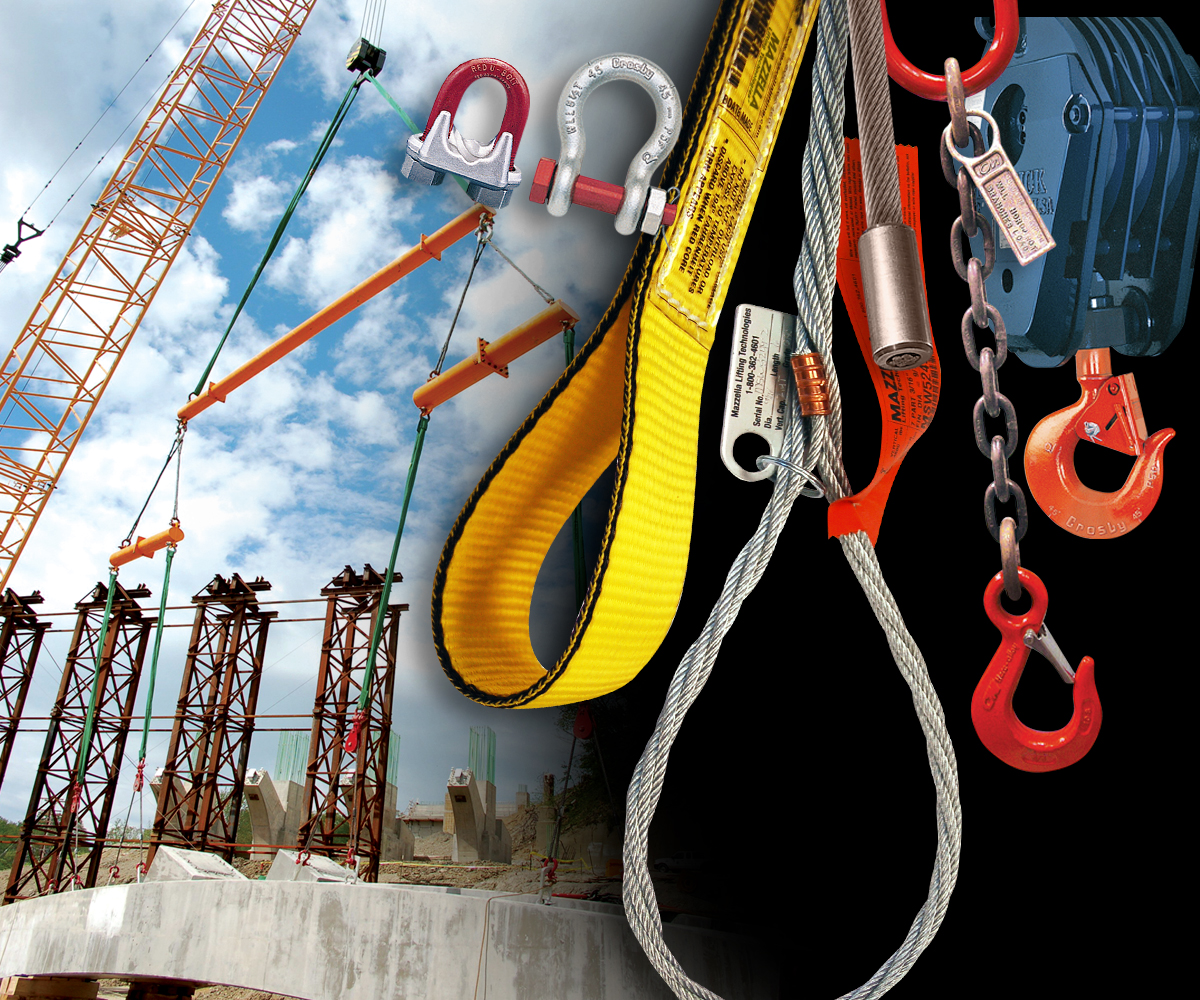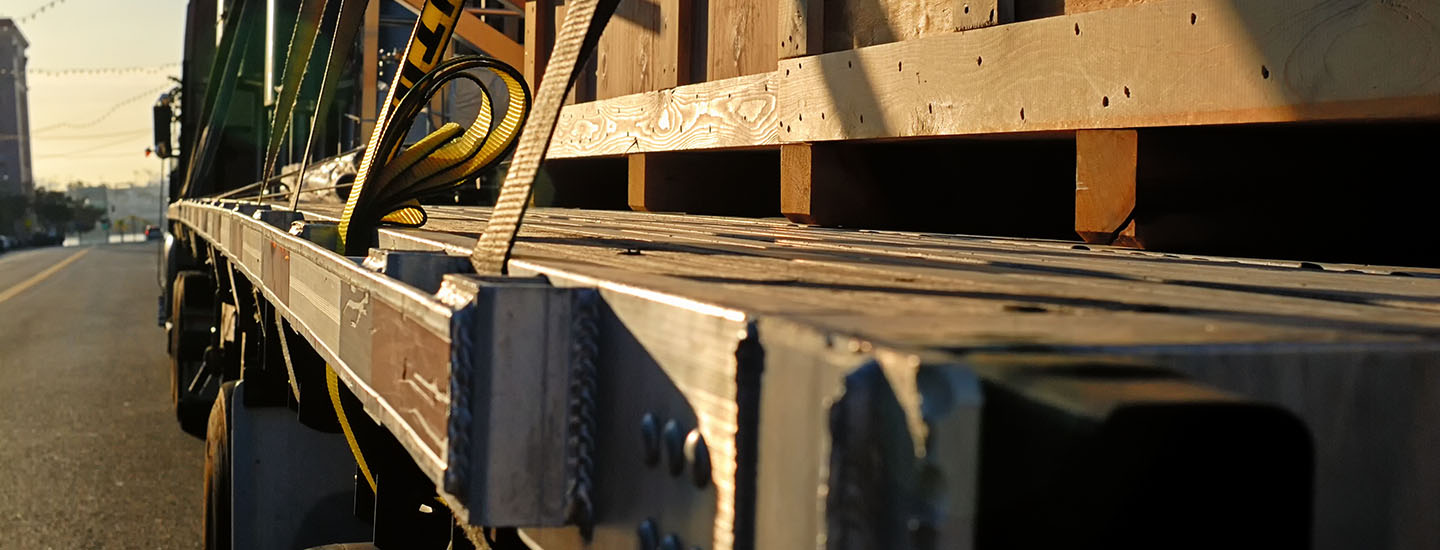
🔍 Click to Expand: Advanced Rigging Training Overview
📌 Advanced Rigging Training Overview
The ACTI Advanced Rigging Training Program is designed to provide experienced riggers with the knowledge and hands-on skills required for complex rigging operations. This training ensures compliance with Occupational Health & Safety (OH&S) regulations, CSA Z150 & Z259 standards, and industry best practices. Participants will gain a deeper understanding of advanced rigging techniques, load dynamics, and crane considerations to enhance workplace safety and efficiency.
🔹 Key Learning Modules:
- Legislation & Compliance: Understanding OH&S regulations, CSA standards, and employer responsibilities for advanced rigging safety.
- Load Weight Estimation: Advanced techniques for calculating load weight, center of gravity, and rigging configurations for complex lifts.
- Sling Angles & Stresses: Calculating sling stress, load angle factors, and weight distribution in multi-leg bridle hitches.
- Center of Gravity & Load Stability: Determining and adjusting rigging configurations for off-center loads.
- Advanced Sling Hitches & Rigging Configurations: Proper application of multi-point rigging, equalizing slings, and load drifting techniques.
- Hardware & Below-the-Hook Lifting Devices: Selection, inspection, and safe use of shackles, lifting beams, spreader bars, and plate clamps.
- Crane Considerations & Communication: Understanding crane dynamics, load charts, and advanced crane signaling for precision lifts.
- Field Level Risk Assessment: Identifying hazards, mitigating risks, and implementing safe lifting procedures.
- Load Control & Tagline Operations: Utilizing taglines to control load swing, avoid rotation, and safely position loads in confined spaces.
✅ Upon Completion:
- ✅ Understand and apply OH&S and CSA regulations related to advanced rigging operations.
- ✅ Identify and inspect complex rigging components, including slings, shackles, and lifting devices.
- ✅ Perform advanced load calculations, including determining weight, center of gravity, and sling angles.
- ✅ Select and apply specialized rigging configurations for critical lifts and unconventional loads.
- ✅ Manage crane dynamics and communicate effectively with crane operators using standard hand and voice signals.
- ✅ Implement load control techniques using taglines to mitigate swinging, rotating, and load stabilization challenges.
- ✅ Pass a written knowledge assessment (minimum 80%) and successfully demonstrate practical rigging skills in an advanced setting.
Participants who meet all course requirements will receive an ACTI Advanced Rigging Certification, recognized across Canada, ensuring they are qualified to conduct complex and high-risk rigging operations in industrial, construction, and maintenance environments.

🔍 Click to Expand: Lift Director Training Overview
The **ACTI Lift Director Training Program** is designed to equip individuals with the **knowledge and skills necessary to oversee crane and lifting operations safely and effectively**. This training aligns with **Alberta OH&S regulations, ASME P30.1 standards, and industry best practices**, ensuring compliance and operational efficiency.
Participants will learn how to **plan, supervise, and execute lifting operations while managing risks, ensuring crew safety, and maintaining regulatory compliance**. The course covers **lift categorization, risk assessment, exclusion zones, crane inspections, and emergency procedures**.
📌 Key Learning Modules:
- Regulatory Standards & Compliance: Understanding OH&S requirements, ASME P30.1, and employer responsibilities.
- Lift Planning & Risk Assessment: Developing and implementing standard and critical lift plans.
- Crane Inspections & Equipment Maintenance: Performing pre-use, routine, and periodic inspections to ensure compliance.
- Exclusion Zones & Safety Protocols: Implementing safe work procedures to protect workers and prevent unauthorized access.
- Communication & Coordination: Establishing clear communication methods between crane operators, signal persons, and ground crews.
- Emergency Preparedness & Incident Response: Developing contingency plans and responding to lift-related emergencies.
✅ Upon Completion:
Upon successfully completing the **ACTI Lift Director Training Program**, participants will be able to:
- ✅ **Understand and apply** Alberta OH&S regulations, ASME P30.1, and CSA standards related to lift planning and supervision.
- ✅ **Categorize lifts** as standard or critical and develop appropriate lift plans.
- ✅ **Conduct crane inspections** and ensure compliance with pre-use and periodic inspection requirements.
- ✅ **Establish and enforce exclusion zones** to prevent unauthorized personnel from entering high-risk areas.
- ✅ **Coordinate lift activities** and maintain effective communication between all personnel involved.
- ✅ **Develop and execute emergency action plans** for equipment failures, environmental hazards, and personnel safety incidents.
- ✅ **Pass a written knowledge assessment** (minimum 80%) and successfully complete the practical skills evaluation.
Participants who meet all course requirements will receive an **ACTI Lift Director Certification**, recognized across **Canada**, ensuring they are qualified to oversee and manage **safe and efficient lifting operations in industrial and construction environments**.

🔍 Click to Expand: Canadian DOT Cargo Securement Training Overview
The **ACTI Canadian DOT Cargo Securement Training Program** is designed to provide participants with the **knowledge and skills necessary to properly secure cargo in compliance with the North American Cargo Securement Standard**. This training aligns with **Canadian and U.S. federal regulations, Alberta OH&S standards, and industry best practices**, ensuring compliance and transportation safety.
Participants will learn how to **correctly restrain, immobilize, and inspect cargo to prevent load shifts, spills, and transportation hazards**. The course covers **securement system components, working load limits (WLL), tie-down methods, and commodity-specific requirements for various load types, including logs, metal coils, vehicles, and intermodal containers**.
📌 Key Learning Modules:
- Regulatory Standards & Compliance: Understanding North American Cargo Securement regulations, DOT guidelines, and employer/driver responsibilities.
- Securement System Components: Identifying vehicle structures, tie-downs, blocking, bracing, and friction-enhancing materials.
- Load Securement Techniques: Applying direct and indirect tiedowns, aggregate working load limit calculations, and best practices for various cargo types.
- Commodity-Specific Securement: Learning proper securement for logs, dressed lumber, metal coils, paper rolls, intermodal containers, vehicles, machinery, and roll-on/roll-off containers.
- Inspection & Compliance Checks: Conducting pre-trip, en-route, and post-trip inspections, identifying deficiencies, and ensuring regulatory compliance.
- Emergency Situations & Load Shifts: Responding to cargo securement failures, roadside inspections, and legal responsibilities for drivers and carriers.
✅ Upon Completion:
Upon successfully completing the **ACTI Canadian DOT Cargo Securement Training Program**, participants will be able to:
- ✅ **Understand and apply** North American Cargo Securement Standards and Canadian DOT requirements.
- ✅ **Identify appropriate securement systems** based on cargo type, weight, and vehicle configuration.
- ✅ **Correctly apply tie-downs, blocking, bracing, and securing devices** to prevent load movement.
- ✅ **Inspect and assess securement effectiveness** to ensure compliance with legal and safety requirements.
- ✅ **Respond to load shifts, securement failures, and emergency situations** to maintain roadway safety.
- ✅ **Pass a written knowledge assessment** (minimum 80%) and successfully complete the practical evaluation.
Participants who meet all course requirements will receive an **ACTI Cargo Securement Certification**, recognized across **Canada**, ensuring they are qualified to secure loads safely and legally in **transportation, construction, and industrial environments**.

